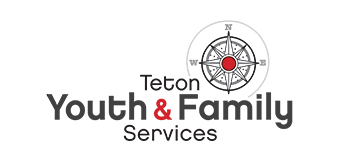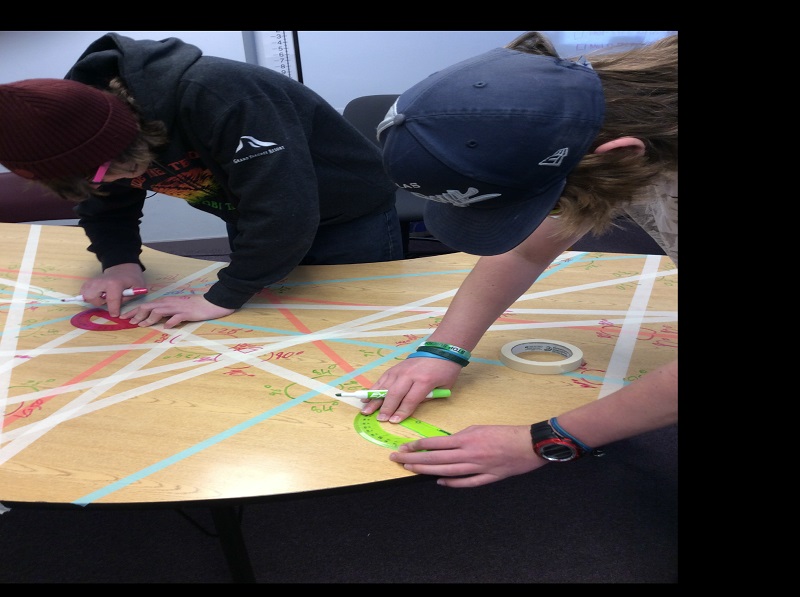Personal Finance: Students learned how their financial lives will change after high school and planned how to avoid debt. Their final product was a plan for ensuring financial security.
Language Arts: The students at Red Top grappled with questions of morality and the value of life while studying the story “The Most Dangerous Game.” They also used the story to explain the concept of irony. Next, they investigated the use of imagery and visualization with the story “To Build a Fire.” The short story was also used to help them pull evidence from the text to justify claims about the relationship between the man and the dog throughout the story.
Pre-Algebra: Students completed fold-able notes for their interactive notebooks to help them develop solutions to problems involving expressions.
Algebra 1: Students calculated and interpreted slopes and intercepts, classified equations, wrote linear equations in slope-intercept form, and generated equivalent representations of linear equations, graphs, tables, and real-world situations. They also predicted how a linear graph would be transformed when the equation was changed.
Geometry: Students used inductive reasoning with postulates about segments, rays, lines, planes, and angles. They measured segments and angles and used a compass and straightedge to construct geometric figures. Students also used the properties of parallel lines to prove the sum of the measures of the angles and to find the formula for the sum of the angle measures in a polygon having n sides.
Reading: The reading class wrote about and discussed the concepts of identity, connection with others, and mental illness while reading the novel “Highly Illogical Behavior” by John Corey Whaley.
Biology: In Biology, students used Punnett Squares to predict the probability of parents with certain traits passing those traits on to their children. They also polled staff and peers to graph the inherited traits of the Red Top population and researched genetic disorders.
Physical Science: Physical Science students modeled how the sun’s heat results in convection and the Coriolis effect, which together power the movement of air in the earth’s atmosphere and impact weather and climate. They also collected and analyzed data from the NOAA website to compare hurricane parameters over time.
World History: As a link to January being “Modern Day Slavery and Human Trafficking Month,” each student investigated a form of modern day slavery, child labor, and/or human trafficking in a specific country. They created presentations to display their learning U.S. Government: Students in U.S. Government analyzed the foundation of the federal government in the U.S. Constitution. Students determined what factors contributed to the failure of the Articles of Confederation. They read about the Great Compromise, and the preamble of the Constitution. The
class also made connections between the three branches of government to understand the system of checks and balances.
Life Literacy (Neuroscience, Growth Mindset, and Mindfulness): Students created models of the brain, conducted “interviews with the brain,” studied for and took an oral quiz on the brain, and linked the functions of the different lobes of the brain to self-control and anger management.
Art: In art class, students destroyed electronics and used the bits and pieces to create 3D self portraits. Their work will be exhibited at the Center for the Arts in Jackson from April 13- May 20.


